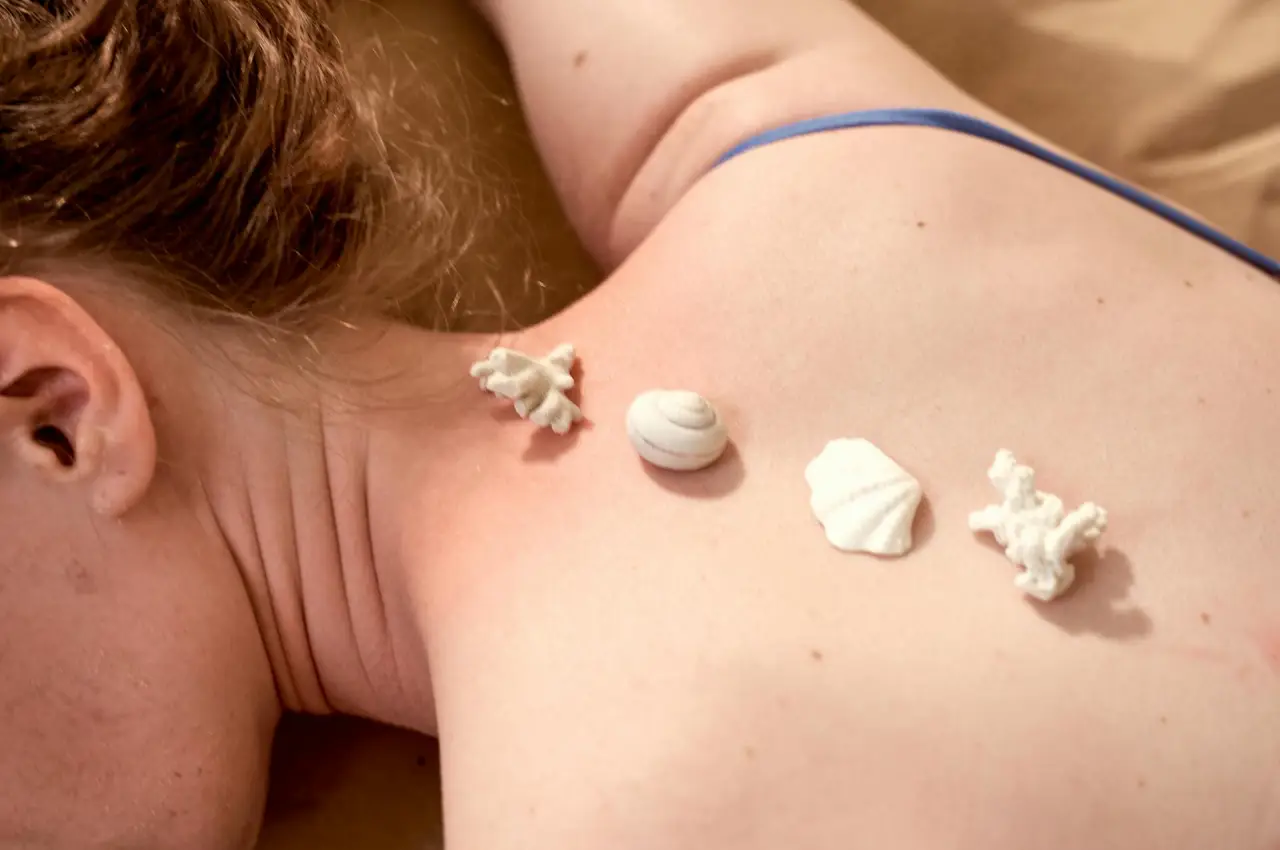Movement speaks when words fail. For countless individuals, dance isn’t just an art form or a way to stay fit—it’s a path to healing. Dance therapy, also known as dance/movement therapy (DMT), taps into the therapeutic power of movement to improve emotional, cognitive, physical, and social well-being. By focusing on expressive movement, this form of therapy helps individuals connect with their emotions and heal from trauma, stress, and other mental health challenges.
The Science Behind Dance Therapy
Dance therapy isn’t just about dancing; it’s a scientifically-backed approach to mental health. When you dance, your brain releases endorphins—natural mood lifters that can reduce stress and anxiety. Furthermore, the rhythmic movements in dance can regulate your heartbeat, promote relaxation, and improve your overall mood.
Research has shown that it can lead to significant improvements in mental health. A study published in the American Journal of Dance Therapy found that participants who engaged in dance therapy experienced reduced symptoms of depression and anxiety. The physical activity involved in dance also increases blood circulation, which can help reduce muscle tension and pain.
Connecting Body and Mind
The connection between body and mind is profound. Dance therapy works by enhancing this connection, allowing individuals to express emotions they may not be able to put into words. For example, someone who has experienced trauma might find it difficult to talk about their feelings. Through dance, they can communicate these emotions non-verbally, which can be incredibly liberating and healing.
Take Sarah, a woman who struggled with anxiety after a difficult divorce. Traditional talk therapy didn’t seem to help her fully process her emotions. However, when she began dance therapy, she discovered that moving her body to music allowed her to express feelings of anger, sadness, and eventually joy. Over time, Sarah found that dance helped her to reclaim her sense of self and rebuild her confidence.
The Benefits of Dance Therapy
Dance therapy offers a wide range of benefits, both physical and psychological. Here are some of the most significant:
Emotional Release: It provides a safe space for individuals to release pent-up emotions. Whether it’s grief, anger, or joy, dance allows these feelings to flow freely, leading to emotional catharsis.
Stress Reduction: The physical movement involved in dance helps to reduce stress by releasing tension in the body. As your muscles relax, so does your mind.
Improved Self-Esteem: Engaging in dance therapy can boost self-esteem by promoting body awareness and self-acceptance. This is especially important for individuals who struggle with body image issues.
Enhanced Social Skills: Group dance therapy sessions encourage social interaction and collaboration. This can be particularly beneficial for individuals with social anxiety or those who have difficulty forming connections with others.
Cognitive Benefits: It has been shown to improve cognitive function, particularly in older adults. The coordination and memory required to learn dance sequences can help keep the mind sharp.
Who Can Benefit from Dance Therapy?
Dance therapy is suitable for people of all ages and backgrounds. It can be particularly beneficial for those dealing with:
Trauma: Individuals who have experienced trauma may find that dance therapy helps them process their emotions in a non-verbal way.
Anxiety and Depression: The physical movement in dance can help alleviate symptoms of anxiety and depression by releasing endorphins and reducing muscle tension.
Chronic Pain: It can be an effective way to manage chronic pain. The gentle movements can help improve flexibility and reduce pain levels.
Eating Disorders: It promotes a healthy relationship with the body, making it a valuable tool for individuals struggling with eating disorders.
A Story of Transformation
Consider the story of Mike, a veteran who returned home with severe PTSD. Traditional therapy methods didn’t seem to resonate with him, leaving him feeling more isolated. Then he discovered dance therapy. Through movement, Mike was able to express the intense emotions he couldn’t articulate. The therapy sessions provided a non-judgmental space for him to reconnect with his body and emotions. Over time, Mike’s symptoms of PTSD lessened, and he found joy in the freedom of movement.
How to Get Started with Dance Therapy
If you’re interested in trying dance therapy, here are a few steps to get started:
Find a Qualified Therapist: Look for a licensed dance/movement therapist who has experience working with individuals with similar needs as yours. The American Dance Therapy Association (ADTA) is a great resource for finding qualified professionals.
Attend a Session: Your first session will likely involve a discussion about your goals and a simple movement exercise. Don’t worry about having any experience—dance therapy is about expression, not technique.
Express Yourself: During the sessions, focus on how your body feels and what movements come naturally to you. Trust the process and allow yourself to be vulnerable.
Reflect on Your Experience: After each session, take some time to reflect on how you felt during the movements and what emotions surfaced. This reflection is an important part of the healing process.
Practice at Home: Between sessions, try incorporating some of the movements into your daily routine. This can help reinforce the benefits of the therapy.
Why Dance Therapy Works
What makes it so effective is its ability to bypass the conscious mind and access deeper, often subconscious, emotions. Unlike traditional talk therapy, which relies on verbal expression, this allows for a more primal form of communication. This can be especially helpful for individuals who have difficulty verbalizing their feelings or who have experienced trauma that is too painful to discuss.
Furthermore, the physical nature of dance therapy engages the entire body, promoting a holistic form of healing. By moving the body, individuals can release physical tension, improve their mood, and gain a deeper understanding of their emotions.
Dance Therapy in Practice
In a typical session, the therapist might begin with a warm-up exercise to help participants tune into their bodies. This could involve simple stretches, breathing exercises, or free-form movement. As the session progresses, the therapist might introduce more structured exercises, such as mirroring (where participants copy the therapist’s movements) or improvisation (where participants create their own movements based on a theme or emotion).
Throughout the session, the therapist observes the participants’ movements and may offer feedback or guidance. The goal is not to achieve perfect technique but to use movement as a tool for self-expression and emotional release.
Final Thoughts
Dance therapy offers a unique and powerful way to heal through movement. By connecting the mind and body, this form of therapy allows individuals to express emotions they might not be able to verbalize. Whether you’re dealing with trauma, anxiety, or simply looking for a new way to connect with yourself, it could be the path to healing you’ve been seeking.
Have you ever tried dance therapy, or are you considering it? Share your thoughts and experiences in the comments below—we’d love to hear from you!





